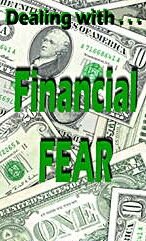Only Greater Financial Awareness, Education Can Help Lower-Income Americans Rise Above Debt
By Paul RizzoPayday Loan Writer
It seemed like Angela and Edward Johnson’s dream of owning their own home would only remain just that. A dream.
When the child care professional and retired mechanic went house-hunting with a real estate broker, he took one look at their poor credit and flatly predicted they’d never be approved for a home loan. He even suggested the Johnsons find someone else to apply for one on their behalf.
So when the Johnson’s finally moved into their new Suitland, Md., home just outside Washington, D.C. in May, Angela Johnson was downright giddy when they ran into the broker.
“I saw him. And you know I was so proud to tell him, ‘You know we bought a house and let me tell you what the interest rate is,’” she said.
She’s got a reason to beam with pride. The Johnsons beat the odds that are statistically stacked against low-income African-Americans, the Baltimore Times reports.
Research from the Brookings Institution shows that on average, lower income homeowners (defined as those making $30,000 or less) pay interest rates as high as nearly 7 percent, meanwhile people with incomes of $120,000 or more paid a rate of 5.5 percent. The Johnsons were able to secure 4 percent.
So how did they do it, and why haven't others?








